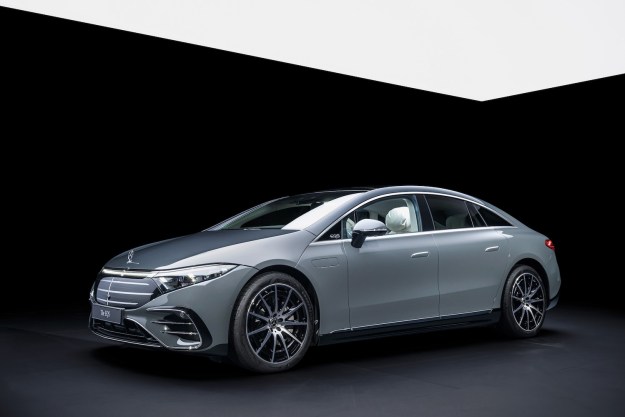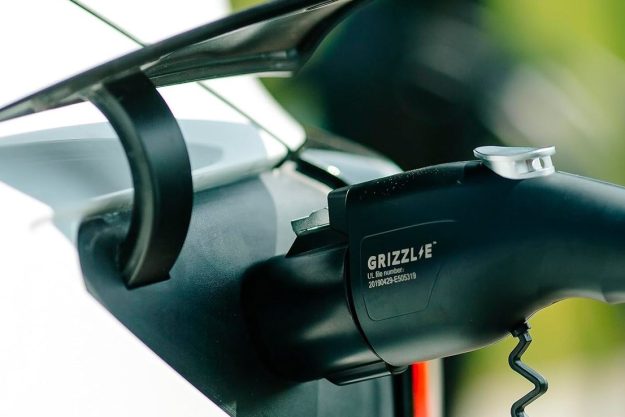
Let’s run down some quick facts. The QUANTiNO concept, the little brother to the QUANT F and QUANT E electric cars, is a low-voltage EV with four seats, a length of 12.8 feet, 22-inch wheels, and a range of over 621 miles.
The two-door is powered by a 48-volt drive system that houses two 175-liter (46-gallon) ionic fluid tanks, aptly dubbed a nanoFlowcell.
In one tank, the fluid has a positive charge, and in the other, negative. When the fluids are pumped through the cell, a controlled charge of electricity is funneled to four different electric motors that produce approximately 33 horsepower each.
The result is a long range, a top speed of over 124 mph, and another cool (but likely heavy) addition to the EV landscape.

“The QUANTiNO is an electric vehicle for everyone,” said Nunzio La Vecchia, Chief Technical Officer at nanoFlowcell AG. “It is not just a concept vehicle – it will become reality in the course of this year. We will be driving the QUANTiNO in 2015. And we aim to attain approval for road use very quickly.”
The low-voltage layout is what really sets the QUANTiNO apart. Typically used on vehicles like e-scooters and golf carts, the design is much simpler than high-voltage systems because it doesn’t require complete contact and flashover protection.
“In accordance with ECE-R 100, no additional measures to prevent accidental contact are necessary for low-voltage systems,” explains La Vecchia. “This also gives rise to much faster homologation of low-voltage vehicles, as functional safety is more simple to realize.”
The QUANTiNO will make its official debut at the 2015 Geneva Motor Show March 3rd.


